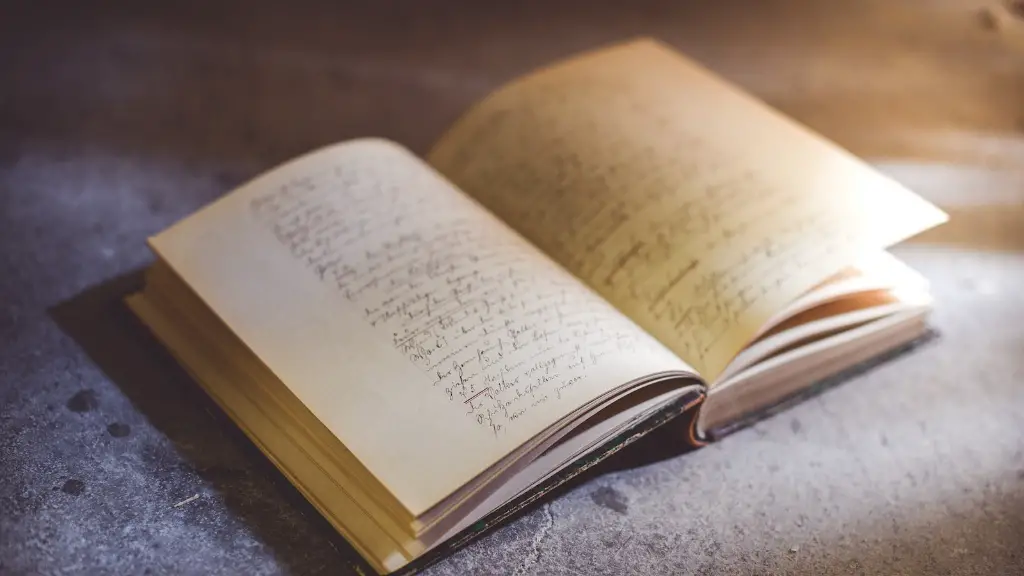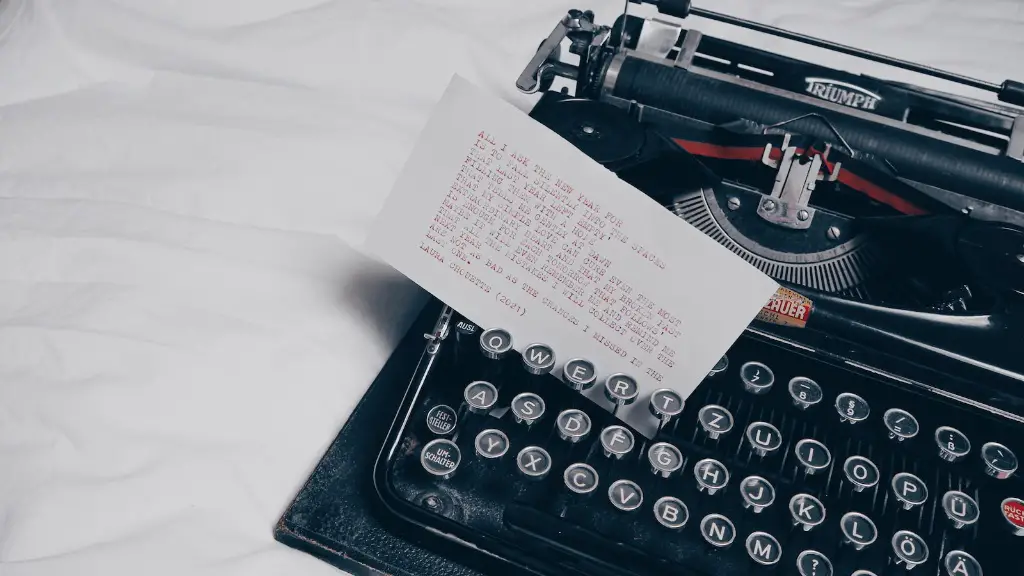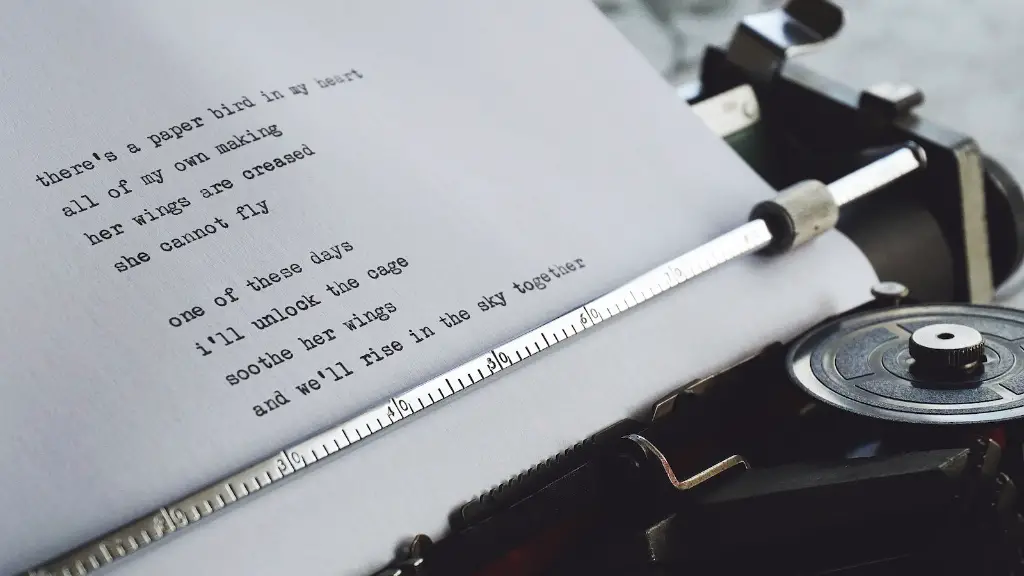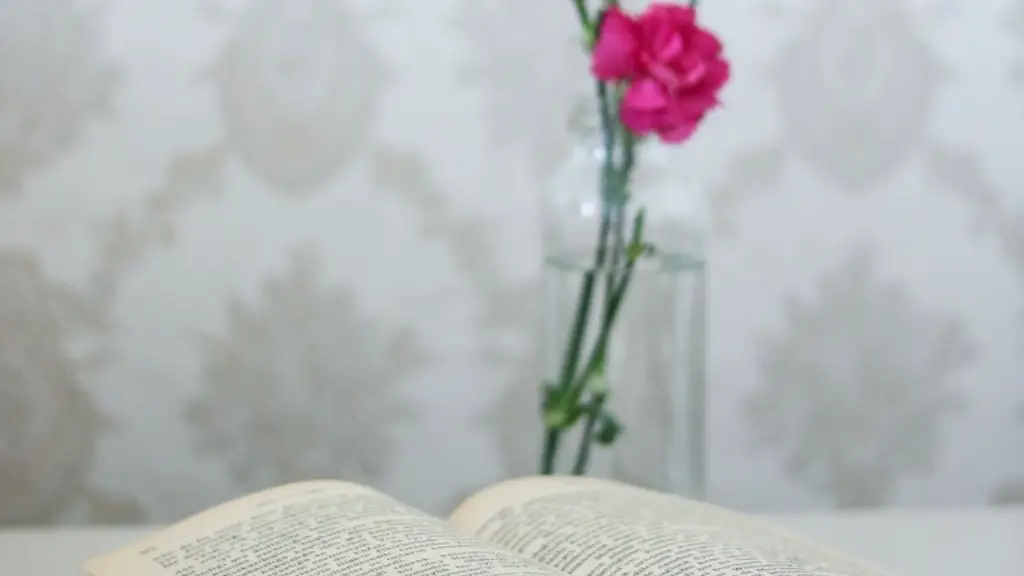Spoken word poetry has become increasingly popular in Tagalog, allowing more Filipino poets to share their stories and messages through performance poetry. It is an art form that combines the written word with visuals and performance elements to draw audiences in and provoke an emotional response. This article will discuss the basics of writing spoken word poetry in Tagalog, the techniques used to craft such poetry, and the different genres and forms of spoken word poetry.
History of Spoken Word Poetry
Spoken word poetry can be traced back to ancient poetry such as epics and oratories, as well as to oral literature, like folktales and riddles. Over time, the style evolved and grew in popularity, particularly in the United States during the mid-1970s, when spoken word poet Gil Scott-Heron popularized the new age of performance poetry. Since then, spoken word writers have continued to embrace an array of styles and genres including rap, hip-hop, pop, and even experimental writing.
The visual element of spoken word is what makes it unique. It is a form that requires writers to think beyond the constraints of a concept and to tell stories without narrators. This allows writers the freedom to explore and express elements within their stories that would typically be left out of conventional poems, such as anger, pain, and injustice. Spoken word is also distinct in its use of direct address, often employed to convey emotions and power dynamics between characters.
Tools and Techniques
For writers looking to craft their own Tagalog spoken word, there are a few key tools and techniques to keep in mind. Writers should pay attention to the flow and rhythm of their words, as this can be a powerful tool in building connection with the audience. Writers should also choose their words carefully, taking into account the specific nuance and social implications of each word. Additionally, storytelling is an effective tool in spoken word. Characters and personalities should be crafted carefully and dialogue should be written with impact that creates an authentic and captivating story.
Writers often employ literary devices as well, such as imagery, metaphors, repetition, and alliteration. These devices can be used to convey ideas in a concise, meaningful way. Repetition in particular is critical in spoken word, as it can be used to emphasize a point or emotion. Writers should aim to create vivid imagery and sensory descriptions through their use of words, as this helps build a deeper connection with the audience.
Genres and Forms
Tagalog spoken word comes in a variety of forms and genres, from slam poetry to love poems. Many spoken word poets are passionate about political and social justice issues, while others focus on abstract concepts of love, loss, and identity. Writers can also explore abstract themes such as death, sadness, and joy. Within these genres, writers have the ability to be creative in their approach and can experiment with an array of styles, such as free verse, monologues, and epics.
In addition to traditional forms of spoken word, writers have the opportunity to explore less traditional forms, such as rap, hip-hop, and pop. Rap and hip-hop provide an opportunity to delve into the dynamics of identity and culture within a specific language. Poets can also explore themes of political and social awareness and use their words to create vivid, thought-provoking imagery. Pop music is also a popular form of Tagalog spoken word, which can often be heard in radio and television commercials.
Performance
Performance is a crucial element of spoken word. Whether a poet is reading their work in a public setting or performing it on stage, they must craft their words with the primary goal of captivating an audience. Performance poetry requires passionate delivery and vocal range to communicate the poet’s emotion and insight through their words. Finally, memorization is crucial. Poets should strive to learn their piece by heart so that they are able to perform the piece with passion and depth.
Competitions
The spoken word community often holds competitions and events to encourage and celebrate new voices in the genre. In recent years, spoken word competitions have become increasingly popular in Tagalog, providing a platform for Filipino poets to share their stories and be recognized in their respective industries. These competitions are a great way for poets to hone their skills, meet other spoken word poets, and learn more about their craft.
Writing Tips
When writing Tagalog spoken word, poets should strive to craft their words with intention. They should seek to create a powerful story, touching on themes that resonate with their audiences, as well as conveyed through their voice and delivery. In addition, they should focus on crafting vivid images and creating dynamic wordplay and metaphors. Moreover, poet should use Tagalog naturally, allowing their words to flow as if they were talking to someone, drawing their audience in and connecting with them on an emotional level.
Collaboration
Collaboration is a great way for spoken word poets to improve their skills and gain insight from their peers. Poets can collaborate with one another and exchange ideas, techniques, and stories. Working with a group of peers not only provides opportunities for writers to collaborate and learn from other poets, but also provides an opportunity to become part of an encouraging, constructive community.
Resource
There are a variety of online platforms and resources dedicated to Tagalog spoken word, providing a plethora of articles, videos, and poems that poets can use to hone their skills. Poets can use these resources to learn more about performing their pieces, mastering the art of storytelling, and delving into the development of style. There are also workshops and tutorials available, often offered through universities and organizations, which poets can attend to gain additional insight and skills.



